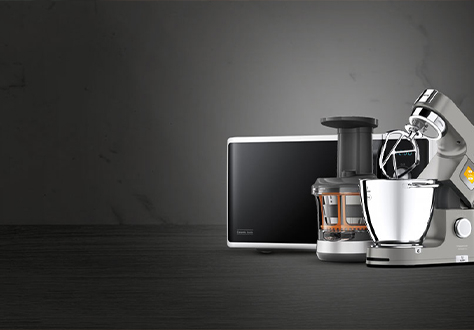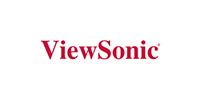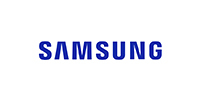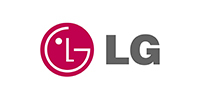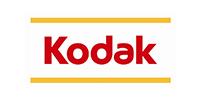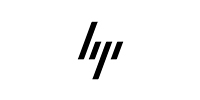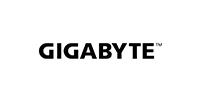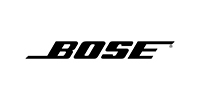Shop
鈍い肌のためのナイアシンアミドでビタミンCグロトナーを増やす輝き
長持ちする新鮮さと静かなストレージソリューションのためのコンパクトな真空シーラー
長期にわたる新鮮さと便利な調理のための再利用可能な真空保管バッグ
長期にわたる食料貯蔵用のプレミアムBPAフリーバキュームバッグ-100パック、7.9 x 11.8インチ
障害予測とマルチデバイスの互換性を備えたコンパクト4TB外部ハードドライブ
隠されたギャップのためのスペースに精通した超スリムなキッチン引き出し – 日本で作られた
隠された調味料貯蔵庫付きのスペース節約プレミアムキッチンラック
電化製品と家具用の振動を減らす床プロテクター – 4のセット
電化製品用の頑丈な防止防止パッド:騒音低減と床保護
Online store of household appliances and electronics
Then the question arises: where’s the content? Not there yet? That’s not so bad, there’s dummy copy to the rescue. But worse, what if the fish doesn’t fit in the can, the foot’s to big for the boot? Or to small? To short sentences, to many headings, images too large for the proposed design, or too small, or they fit in but it looks iffy for reasons.
A client that’s unhappy for a reason is a problem, a client that’s unhappy though he or her can’t quite put a finger on it is worse. Chances are there wasn’t collaboration, communication, and checkpoints, there wasn’t a process agreed upon or specified with the granularity required. It’s content strategy gone awry right from the start. If that’s what you think how bout the other way around? How can you evaluate content without design? No typography, no colors, no layout, no styles, all those things that convey the important signals that go beyond the mere textual, hierarchies of information, weight, emphasis, oblique stresses, priorities, all those subtle cues that also have visual and emotional appeal to the reader.


